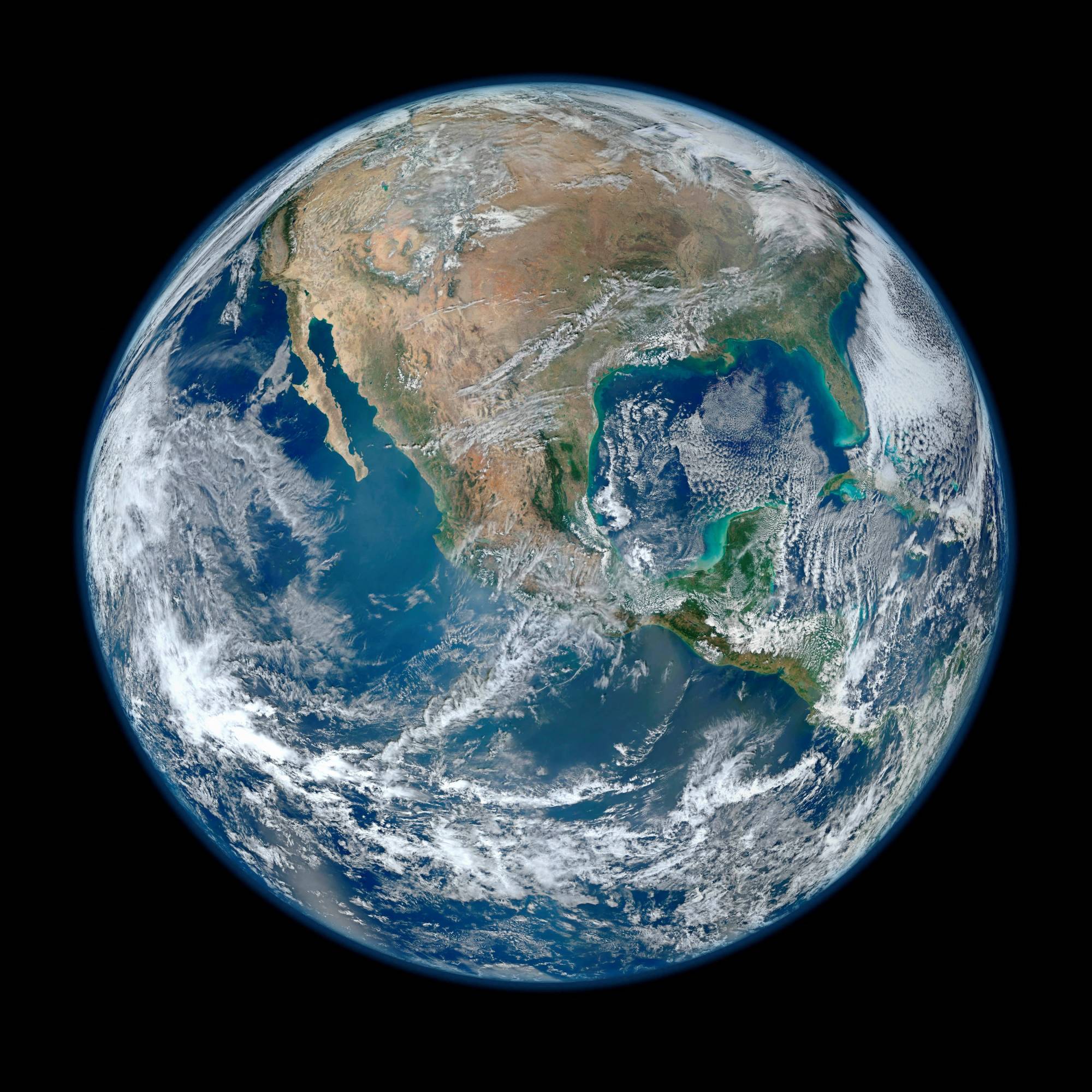In Jules Verne's classic 1864 novel "Journey to the Center of the Earth," adventurers descend through an Icelandic volcano into a vast underground world populated by prehistoric creatures as they explore our planet's interior. The actual center of the Earth is nothing like this fanciful depiction — but in some ways, it is even more dramatic.
Researchers on Tuesday said an intensive study of Earth's deep interior, based on the behavior of seismic waves from large earthquakes, confirmed the existence of a distinct structure inside our planet's inner core — a wickedly hot innermost solid ball of iron and nickel about 1,350 kilometers wide.
Earth's diameter is about 12,750 kilometers. The planet's internal structure comprises four layers: a rocky crust on the outside, then a rocky mantle, an outer core made of magma and a solid inner core. This metallic inner core, about 2,440 km wide, was discovered in the 1930s, also based on seismic waves traveling through Earth.



